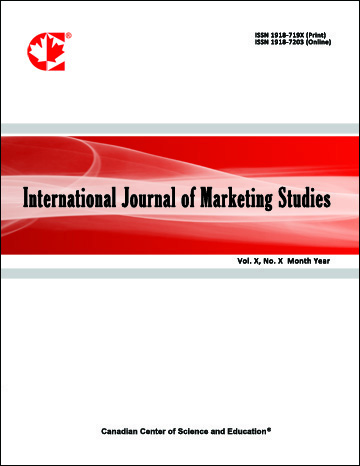International Marketing Strategies in the Jewellery Industry: Are They Standardised, Adapted or Both?
- Diego Matricano
- Giorgio Vitagliano
Abstract
According to analysts and practitioners, five main trends characterise the future of the jewellery industry: internalisation and consolidation; market growth; a new channel landscape; hybrid consumption; and fast fashion. Among these, the process of internalisation, which is started and managed by local jewellery brands, seems of great interest. These brands, generally small and medium enterprises (SMEs), have to plan their international marketing strategies in order to face the biggest jewellery groups and compete worldwide.
In the present paper, through the methodology of a single case study of leBebè, an Italian brand, the standardisation and adaptation processes of international marketing strategies are rebuilt and investigated in reference to the jewellery industry. From the analysis, it emerges that the jewellery industry has specific dynamics that force companies to implement an international marketing strategy that falls halfway between standardisation and adaptation and is generally known as a contingency perspective. The achieved results strengthen the contingency perspective on the standardisation/adaptation debate and, above all, allow for speculating that international marketing strategies partly depend on the brand and mostly depend on the prominence of the brands and on factors characterising each industry.
- Full Text:
 PDF
PDF
- DOI:10.5539/ijms.v10n1p1
Journal Metrics
Google-based Impact Factor (2021): 1.34
h-index (July 2022): 70
i10-index (July 2022): 373
Index
- Academic Journals Database
- CNKI Scholar
- EconBiz
- Electronic Journals Library
- Excellence in Research for Australia (ERA)
- GETIT@YALE (Yale University Library)
- Harvard Library
- IBZ Online
- Infotrieve
- JournalTOCs
- LOCKSS
- MIAR
- PKP Open Archives Harvester
- RePEc
- ResearchGate
- ROAD
- Scilit
- SHERPA/RoMEO
- Stanford Libraries
- UCR Library
Contact
- Alyssa SunEditorial Assistant
- ijms@ccsenet.org
